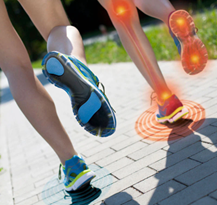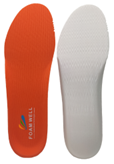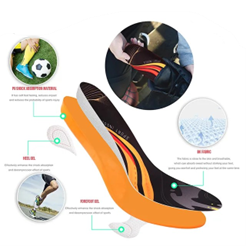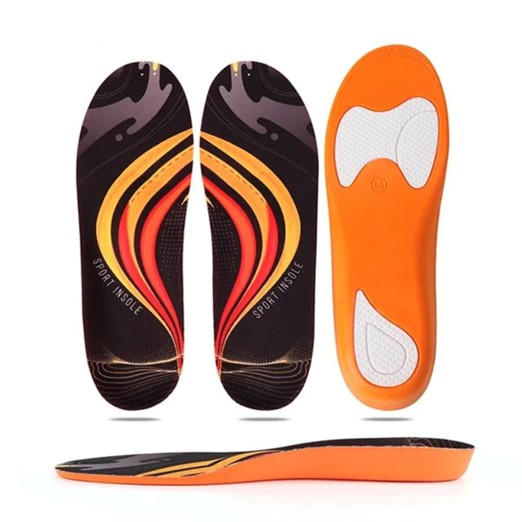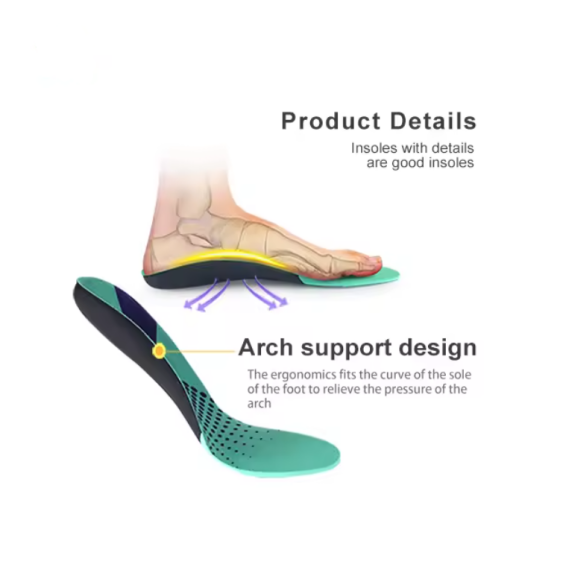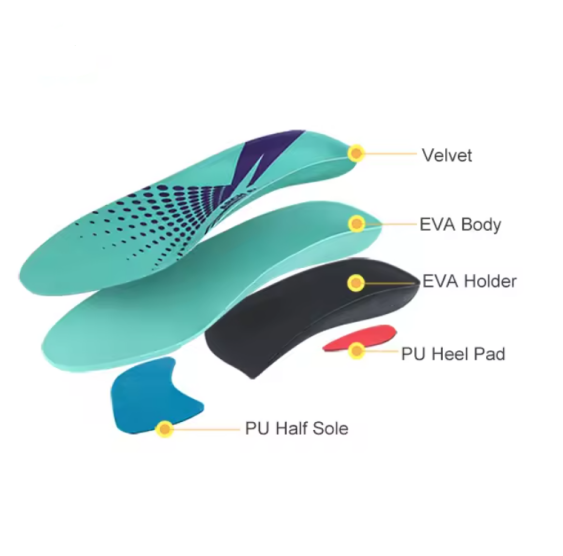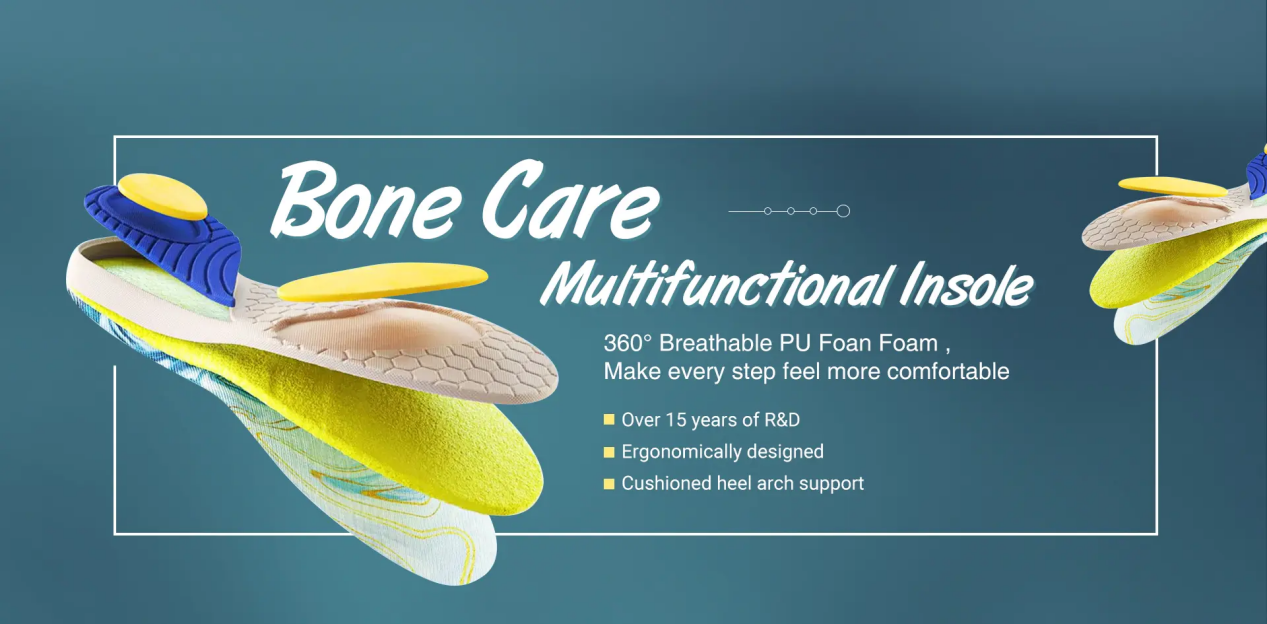Whether you’re a beginner jogger, a marathon athlete, or a trail running enthusiast, the right insole can significantly improve your performance and protect your feet.
Why Running Insoles Matter for Every Athlete
Running insoles are more than just comfort accessories — they play a critical role in shock absorption, arch support, and injury prevention. A properly selected insole can:
- Align your posture and gait
- Reduce pressure on joints and ligaments
- Prevent common running injuries like plantar fasciitis or shin splints
- Improve energy return and running efficiency
Types of Running Insoles for Different Needs
1. Supercritical Insoles for High-Performance Speed Training
Supercritical insoles are engineered for elite runners seeking top-tier performance. Made with advanced supercritical foam, these insoles are ultra-lightweight, highly resilient, durable, and offer superior energy return. Ideal for speed training and high-impact activities where both agility and support are crucial.
2. Peak Foam Insoles for Breathability and Comfort
Peak Foam insoles, developed by Foamwell, feature a breathable PU structure with open-cell technology. They are designed to deliver long-lasting comfort, excellent ventilation, high resilience, and all-day cushioning. Perfect for runners in hot weather or those who value dry, odor-free feet during intense workouts.
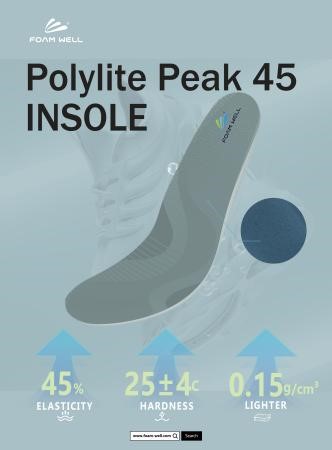

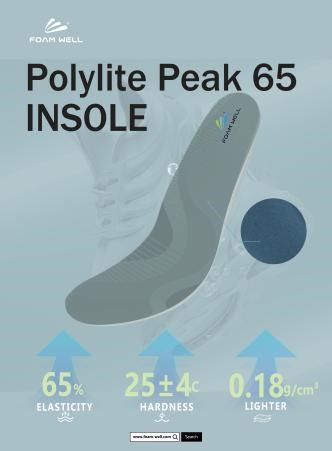
3. Cushioned Insoles for Long-Distance Runners
If you log many miles weekly, you need a shock-absorbing insole made with PU foam or gel. These insoles reduce impact and provide heel-to-toe comfort, especially for asphalt or hard surface runners.
4. Stability Insoles for Overpronation Control
Runners with flat feet or collapsed arches should look for orthotic insoles with medial arch support. EVA insoles with a stabilizing heel cup help control motion and reduce stress on ankles and knees.
How to Choose the Right Insole for Your Running Style
When selecting your ideal running insole, consider the following:
- Foot arch type: flat, normal, or high
- Running terrain: road, trail, or treadmill
- Distance & frequency: occasional jogger vs. competitive runner
- Existing foot pain: heel pain, arch pain, or metatarsal discomfort
Getting a gait analysis or trying custom-fit insoles might be worth the investment for frequent or injury-prone runners.
Choosing the right running insole is essential for performance, comfort, and injury prevention. By matching the insole to your running style, arch type, and material preferences, you can transform your running experience — one step at a time.
Post time: Jun-05-2025

